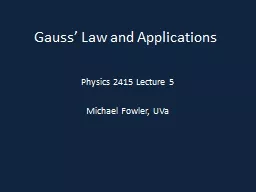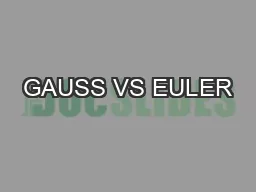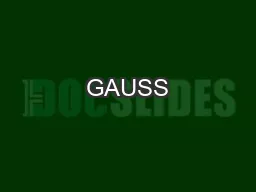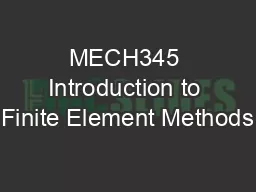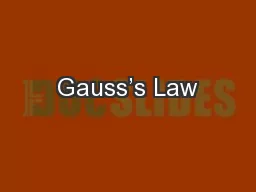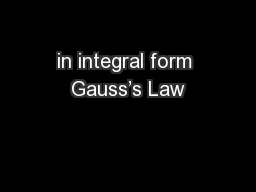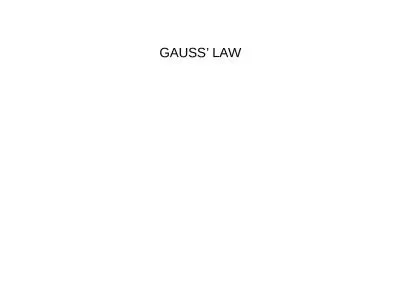PPT-Gauss’ Law and Applications
Author : cheryl-pisano | Published Date : 2015-09-19
Physics 2415 Lecture 5 Michael Fowler UVa Todays Topics Gauss Law where it came fromreview Gauss Law for Systems with Spherical Symmetry Gauss Law for Cylindrical
Presentation Embed Code
Download Presentation
Download Presentation The PPT/PDF document "Gauss’ Law and Applications" is the property of its rightful owner. Permission is granted to download and print the materials on this website for personal, non-commercial use only, and to display it on your personal computer provided you do not modify the materials and that you retain all copyright notices contained in the materials. By downloading content from our website, you accept the terms of this agreement.
Gauss’ Law and Applications: Transcript
Download Rules Of Document
"Gauss’ Law and Applications"The content belongs to its owner. You may download and print it for personal use, without modification, and keep all copyright notices. By downloading, you agree to these terms.
Related Documents

